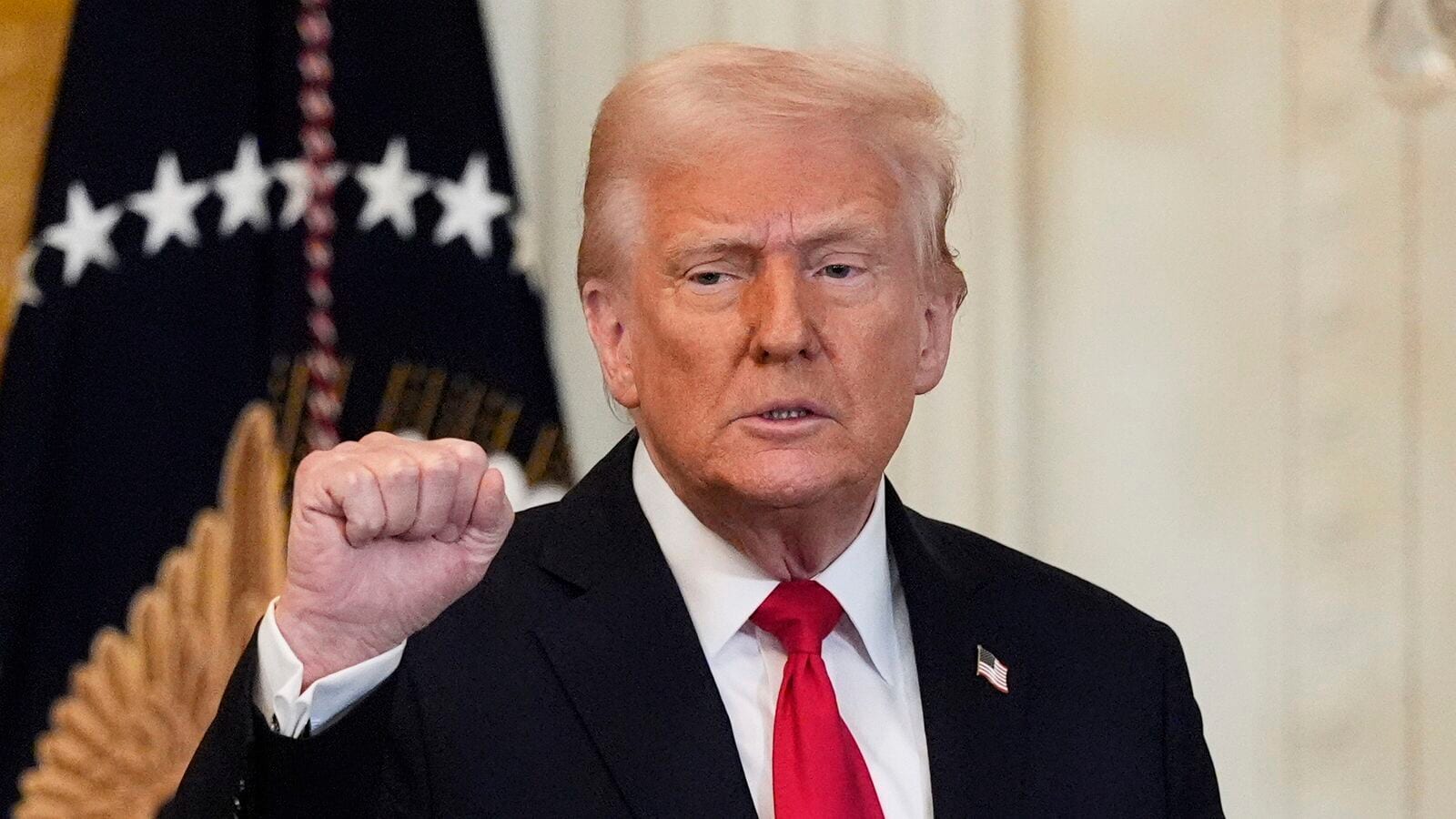Analysts at Goldman Sachs have recently updated their projections regarding US tariffs, marking the second adjustment in a mere month. They anticipate that the average tariff rate may increase by 15 percentage points by 2025. This revision has been described as a “more aggressive assumption for reciprocal tariffs.” The financial powerhouse predicts that President Donald Trump is likely to unveil an average 15 percent reciprocal tariff on all US trading partners on April 2.
Adjustments to Tariff Expectations
Goldman Sachs has noted that while they expect a significant hike in tariffs, potential exclusions for certain products and countries could temper the impact. They estimate that the net increase to the average US tariff rate may settle around 9 percentage points. In a statement dated March 30, Goldman Sachs elaborated:
“We predict that President Trump will announce reciprocal tariffs averaging 15 percent on all trading partners on April 2. However, we believe that product and country exclusions will likely reduce this net addition to 9 percentage points.”
Economic Implications of Higher Tariffs
The implications of rising tariffs are substantial, particularly concerning inflation and economic growth. Goldman Sachs has voiced concerns that escalating tariffs could lead to increased consumer prices, ultimately impacting GDP growth in the United States. This slowdown may also contribute to a rise in the unemployment rate.
- Core PCE Inflation Forecast: Increased tariffs could elevate consumer prices, prompting Goldman Sachs to raise its 2025 core Personal Consumption Expenditures (PCE) inflation forecast by 0.5 percentage points to 3.5 percent year-on-year.
Goldman Sachs has also adjusted its GDP growth forecasts downward, linking them to the anticipated tariff increases:
- Their Q1 GDP tracking estimate has been reduced to just 0.2 percent.
- The 2025 GDP growth forecast is down by 0.5 percentage points to 1 percent on a Q4-to-Q4 basis and by 0.4 percentage points to 1.5 percent on an annual average basis.
- Consequently, the year-end 2025 unemployment rate forecast has been raised by 0.3 percentage points to 4.5 percent.
Recession Risks and Economic Sentiment
Taking into account the potential for lower economic growth and declining confidence among households and businesses, Goldman Sachs now estimates a 35 percent probability of a recession in the next 12 months, up from a previous estimate of 20 percent.
“Sentiment has often been a poor predictor of economic activity in recent years, but we view the current decline with more concern, as the underlying economic fundamentals are not as robust as they once were. Notably, real income growth has significantly slowed, and we project it to average only 1.4 percent this year,” Goldman Sachs remarked.
For more insights on market trends and economic forecasts, stay tuned to our latest updates.











